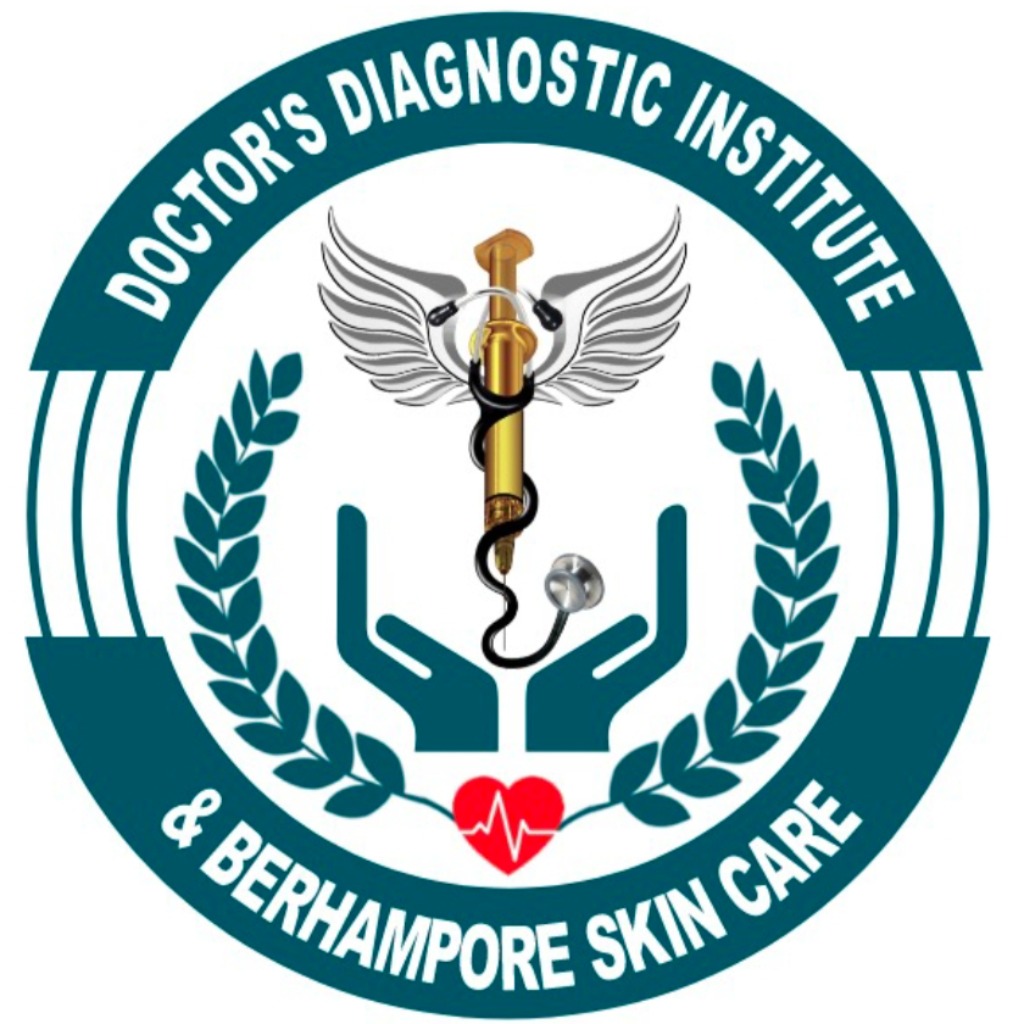Rosacea triggers can be many and different for everyone. But knowing your specific triggers is crucial. It helps in avoiding and managing those pesky flare-ups effectively. Here, you’ll learn how to spot your rosacea triggers and approach them with confidence.
Unveiling Rosacea: Causes and Triggers
Rosacea is a common skin condition. It mainly causes redness on the face. It often affects areas like the cheeks and nose. But rosacea isn’t just about redness. Some people have bumps, skin thickening, or eye irritation. The way rosacea impacts individuals can be unique. One person might just experience flushing and redness, while another might deal with persistent bumps.
Understanding the symptoms is essential. They aren’t the same for everyone and can change over time. Here’s a quick list of common signs:
- Redness across the face
- Visible blood vessels
- Swelling
- Skin thickening, especially on the nose
- Eye problems like irritation or redness
Each symptom can be triggered by different factors known as rosacea triggers. These are things that might make your rosacea symptoms worse. It’s important to understand these triggers. Some common rosacea triggers include hot drinks, spicy foods, and intense exercise.
Identifying your rosacea triggers is crucial. When you understand what sparks a flare-up, you can take steps to avoid it. For example, if spicy food is a trigger, cutting it from your diet can help reduce symptoms. Knowing your triggers provides power to manage rosacea better.
Why is this identification so critical? Simply put, once you know what causes flare-ups, you can effectively reduce their frequency and intensity. It’s a lot about trial and error but worth it for clearer and calmer skin.
The Most Common Rosacea Triggers and How to Address Them
Many people with rosacea find their symptoms can flare up in certain environments. Environmental rosacea triggers like sun and wind exposure are at the top of the list. Sun can be pretty harsh on sensitive skin. That’s why using sunscreen is a must. Look for options with zinc or titanium dioxide.
Temperature plays a big role, too. Cold winds or sudden changes in warmth can worsen rosacea. When it’s chilly, protect your face with a scarf.
Diet is another crucial factor. Rosacea and alcohol don’t mix well. Alcohol can make your skin red and warm. Spicy foods or hot drinks often have similar effects as they can prompt redness. Reducing these from your meals can help keep skin calm.
Daily activities also impact your skin. Stress and hard exercise, like running, might cause flare-ups. This is sometimes called stress-induced rosacea. Learn stress-reducing tips that work for you: maybe try yoga or meditation.
The products you use can be triggers, too. This includes soaps, lotions, and makeup. When shopping for products, go for ones labeled “gentle” or “for sensitive skin.” Avoid anything with alcohol or fragrance.
By knowing and understanding these common culprits, you can take significant steps towards rosacea flare-up prevention in your life.
Identifying Your Personal Rosacea Triggers
Pinpointing your rosacea triggers can be like solving a puzzle. The easiest way? Keep a rosacea diary. This diary lets you track everything—what you eat, weather conditions, activities— and see what causes flare-ups.
Here’s how to keep a useful diary:
- Record daily: Keep note of what you eat, drink, and do each day.
- Noteworthy changes: Observe any changes in skin. Was there redness or just itching?
- Mood: Log your stress levels and emotional state, as stress-induced rosacea is common.
Tools and templates exist to simplify this task. Many apps allow for quick and easy entries. Writing it down helps you spot patterns. Maybe you’ll notice flare-ups coincide with eating certain foods or during specific weather changes.
By analyzing these patterns, you can reduce the number of intense flare-ups and improve management of symptoms significantly. You will be in control and know how to handle day-to-day life better.
Practical Tips to Minimize Rosacea Impact
Living with rosacea might need some changes in your daily routine, but these adjustments are worth it for healthy skin.
Sun exposure and rosacea can be a troublesome duo. Protect your skin by wearing sunscreen every day. Choose a broad-spectrum sunscreen with SPF 30 or higher. Hats and sunglasses offer extra safety.
Traveling between climates or staying in air-conditioned environments? Be mindful of temperature variations. Layering clothing helps, as you can manage how warm or cool you stay.
Dietary changes can greatly help. Focus on foods that are unlikely to cause redness. Probiotics and omega-3 fatty acids are good additions.
Finally, find ways to keep calm and reduce daily stress. Techniques such as deep breathing or simple exercises like stretching can really help in alleviating symptoms. Taking five minutes to breathe deeply each day can help minimize those undesirable breakouts.
By using these simple tips, you can maintain a life with minimal rosacea interruptions and feel good in your skin every day.
Identifying and minimizing rosacea triggers is key to managing flare-ups and maintaining healthy skin. Common triggers include spicy foods, extreme temperatures, stress, alcohol, and certain skincare products. By keeping track of your triggers and making lifestyle adjustments, you can significantly reduce the frequency and severity of rosacea flare-ups.
At Doctors Diagnostic Institute, our dermatologists specialize in diagnosing and managing rosacea, offering personalized treatment plans to help you control symptoms and prevent future outbreaks.
Consult Doctors Diagnostic Institute today for a comprehensive skin evaluation and expert guidance on minimizing your rosacea triggers.

